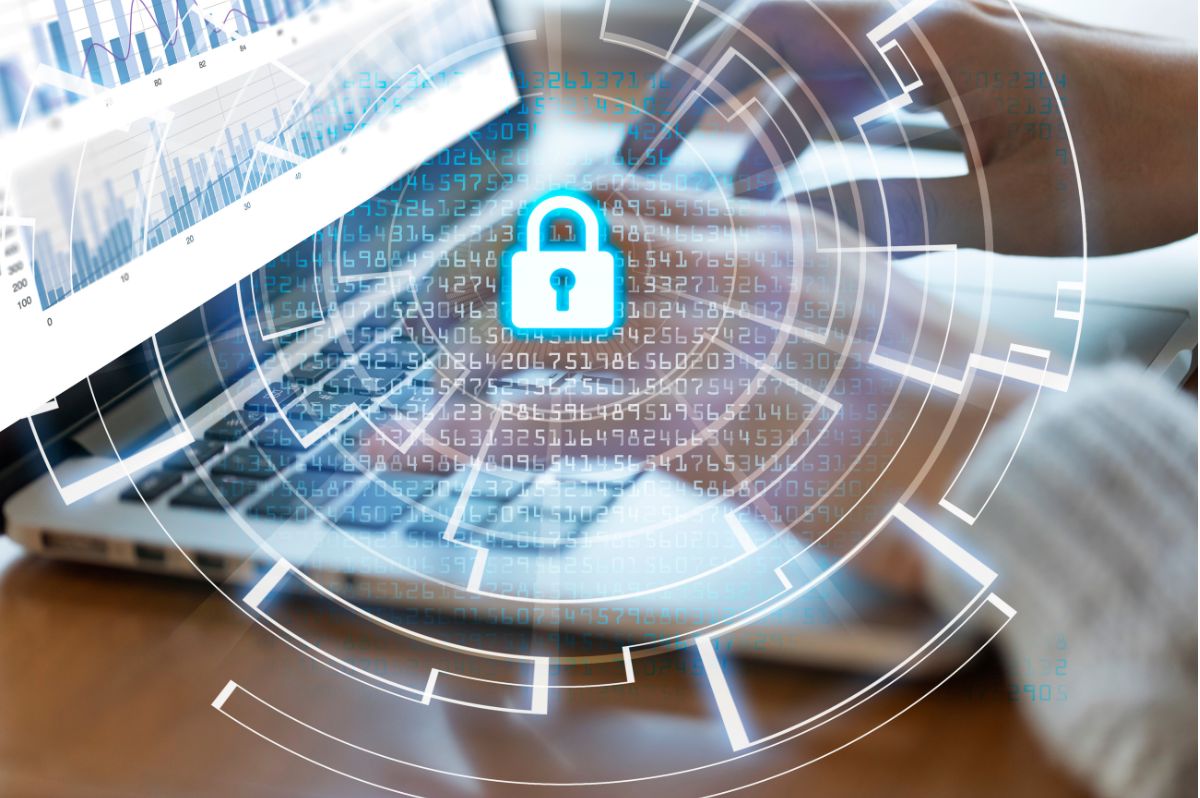U.S. School Cyber Attacks Are On the Rise. It’s Time to Fight Back.

In recent years, U.S. school districts have increasingly become targets for cyber attacks. These school cyber attacks have ranged from ransomware attacks to data breaches, resulting in a significant loss of data and resources for school districts. The reasons for this are varied, but a common issue is the lack of proper network access controls in place. In this article, we’ll explore why school districts are easy targets for hackers and how implementing network access control can help prevent future attacks.
Why Are U.S. School Cyber Attacks On the Rise?
First and foremost, school districts are an easy target for cybercriminals because they often lack the necessary security measures to protect their networks. Unlike larger organizations that have dedicated IT teams and resources to implement security measures, many school districts have limited budgets and staff resources that can be dedicated to cybersecurity. This makes them vulnerable to attacks that exploit weaknesses in their network security, such as unsecured Wi-Fi networks or outdated software and hardware.
One example of such a cyber attack occurred in 2019, when the Baltimore County Public Schools in Maryland suffered a ransomware attack that disrupted its operations for several days. The attack impacted the district’s communication systems, preventing staff from accessing emails and important files. Similarly, in March 2021, the Miami-Dade County Public Schools in Florida was hit with a ransomware attack that disrupted online learning for several days.
Another reason why school districts are easy targets is the large amount of sensitive data they store, including student and staff personal information, financial data, and academic records. This makes them attractive targets for hackers looking to steal data for financial gain or to sell on the dark web. In 2020, the Clark County School District in Nevada suffered a data breach that exposed the personal information of more than 350,000 students and staff members.
Stopping School Cyber Attacks with NAC
So, how can school cyber attacks be stopped? One solution is to implement network access control (NAC) measures. NAC is a security solution that ensures only authorized users and devices can access a network, while blocking unauthorized users and devices from gaining access.
With NAC, school districts can implement policies that require users and devices to meet specific security requirements before they are granted access to the network. This includes verifying the identity of users, ensuring that devices have the necessary security software and patches installed, and checking for any signs of malware or other security threats.
By implementing NAC, a significant reduction of school cyber attacks can be achieved. This was demonstrated in 2020 when the Newhall School District in California implemented NAC and was able to prevent an attempted ransomware attack. The NAC solution detected the unauthorized access attempt and prevented the malware from spreading throughout the network.
In conclusion, school districts are easy targets for cyber attacks due to their limited resources and vulnerabilities in their network security. However, by implementing network access control measures, school districts can significantly reduce their risk of cyber attacks and protect the sensitive data they store. With the rise of online learning and remote work, it’s more important than ever for school districts to prioritize cybersecurity and take proactive steps to secure their networks.
Try Portnox Cloud for Free Today
Gain access to all of Portnox's powerful zero trust access control free capabilities for 30 days!






